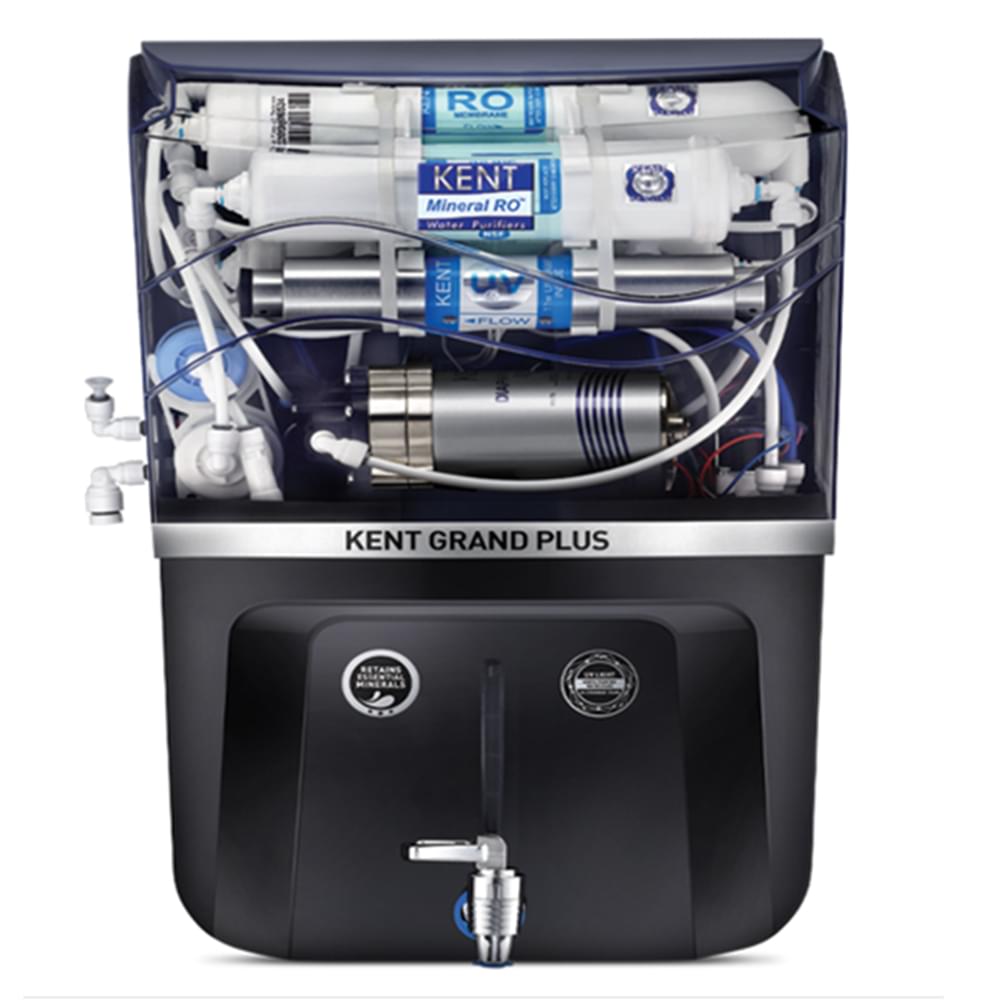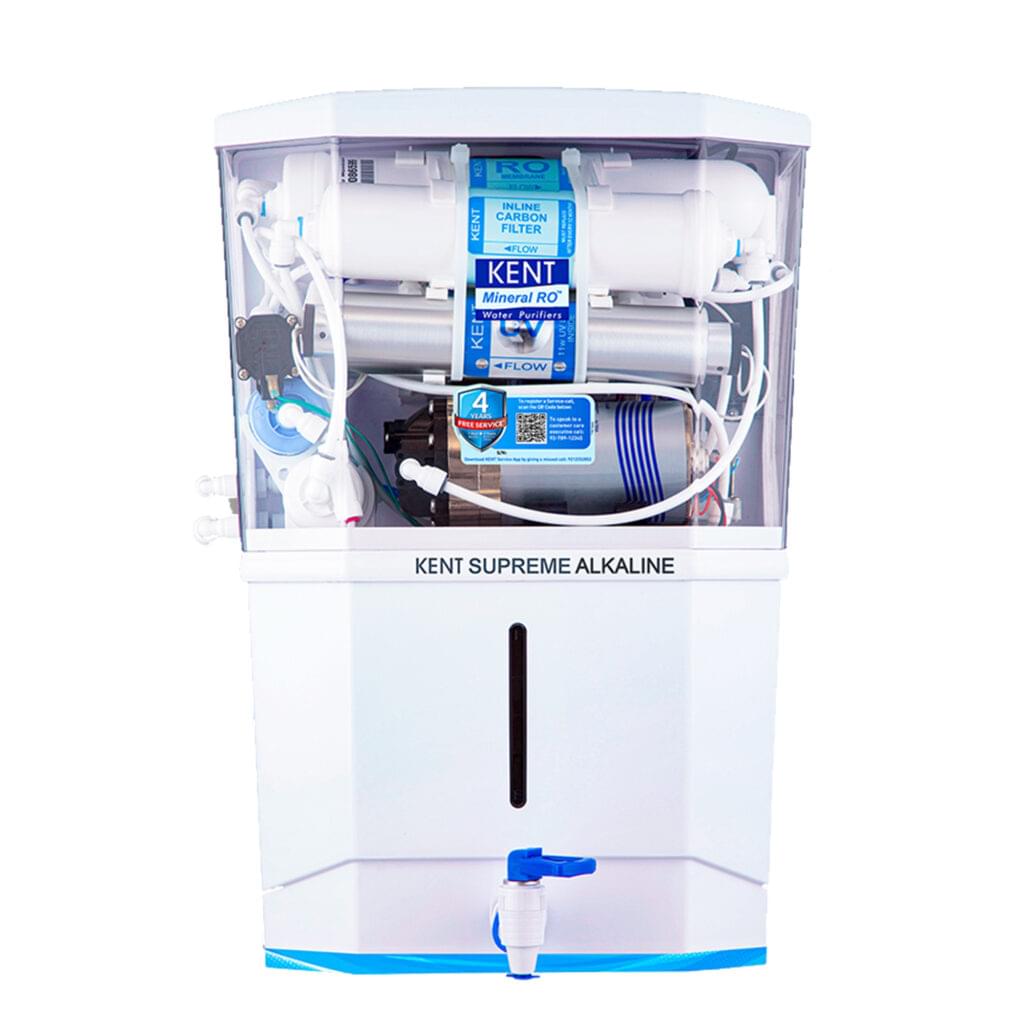Alternatives to RO water purifier
Reverse Osmosis (RO) filters have become a household name for water purification. With increasing concerns about water contamination and health, RO filters are widely accepted. This article dives deep into everything you need to know about RO filters — from their origin to their mechanism, effects on health, quality challenges, and alternatives to RO water purifier.
When and How It Was First Introduced
Reverse osmosis as a process was first developed in the 1950s. Originally designed as a method for desalinating seawater, it was intended to produce potable water for use in places lacking freshwater resources. The concept gained traction after the U.S. government began funding research in this area during the 1960s. It wasn’t long before the technology was commercialized and began to be used not just for large-scale operations but also for household water filtration.
In the early 2000s, RO filters became common in households in countries like India, where water safety is a major concern. Their ability to remove impurities such as dissolved salts, heavy metals, and pathogens gave them an edge over traditional filtration systems.
Working Mechanism of the Filter
The RO filter operates using a semi-permeable membrane that allows only water molecules to pass through, blocking larger molecules like salts, bacteria, and chemicals. Water is pushed through this membrane under pressure. The result is clean, purified water on one side and concentrated contaminants on the other, which are flushed away as waste.
Most RO systems also include pre-filtration and post-filtration stages. Pre-filters remove larger particles and chlorine, which can damage the RO membrane. Post-filters enhance the taste of the purified water by removing any remaining odors or flavors. Some advanced RO systems even reintroduce essential minerals like calcium and magnesium after filtration.
Is There Any Negative Impact of This Filter on Our Health?
While RO filters are effective at purifying water, there are concerns about their potential negative health impacts. One of the major criticisms is that RO filters not only remove harmful substances but also strip away essential minerals such as calcium, magnesium, and potassium. These minerals are important for maintaining bone health, nerve function, and overall well-being.
Regular consumption of demineralized water may, over time, lead to mineral deficiencies if not compensated through diet or supplementation. Moreover, the taste of RO water may feel flat or bland due to the absence of these minerals. However, many modern RO systems address this issue by adding a remineralization stage to restore healthy mineral content.
Where Is the Gap where We Can Improve the Quality of the Filter?
Despite their efficiency, RO filters are not without limitations. One significant gap is the amount of water wastage involved in the process. For every liter of purified water, an RO system can waste up to 2-3 liters of water. In regions with water scarcity, this is a serious drawback.
Another area for improvement is the speed of filtration. RO systems tend to be slower compared to UV or activated carbon filters. Maintenance is also crucial; clogged membranes and filters can reduce efficiency and allow contaminants to pass through.
There is also a lack of awareness among users about proper usage and maintenance. Many people are unaware of when to change filters or how to clean their systems, which can compromise water quality. Education on proper usage and smarter filter designs with real-time monitoring could address this gap.
Weighing the Pros and Cons and Looking for Any Other Alternatives to the Filter
Like any technology, RO filters come with both advantages and disadvantages.
Pros:
Effectively removes harmful contaminants, including heavy metals and microbes.
Improves the taste and odor of water.
Ideal for areas with hard or salty water.
Some systems now offer remineralization for added health benefits.
Cons:
Wastes a significant amount of water.
Removes essential minerals along with contaminants.
Requires regular maintenance and filter replacements.
Slower than other filtration methods.
Alternatives to RO Filters
1. UV (Ultraviolet) Filters: These use UV light to kill bacteria and viruses. While they do not remove dissolved solids or chemicals, they are effective in disinfecting water and are often used in combination with other filters.
2. Activated Carbon Filters: These are good at removing chlorine, bad tastes, and odors. However, they do not remove salts or heavy metals.
3. Gravity-Based Filters: These are affordable, easy to maintain, and do not require electricity. They are suitable for areas where water is relatively clean but may contain pathogens.
4. Ceramic Filters: These remove bacteria and sediments but may not be effective against viruses or chemical contaminants.
5. Nano Filtration: A newer technology that offers a middle ground between RO and carbon filters. It retains some essential minerals while removing contaminants.
Conclusion
RO filters play a significant role in ensuring safe drinking water, especially in regions with questionable water quality. However, understanding their working mechanism, limitations, and alternatives helps us make informed decisions. With ongoing innovations and increased awareness, we can bridge the current gaps and ensure access to clean and healthy water for all.

